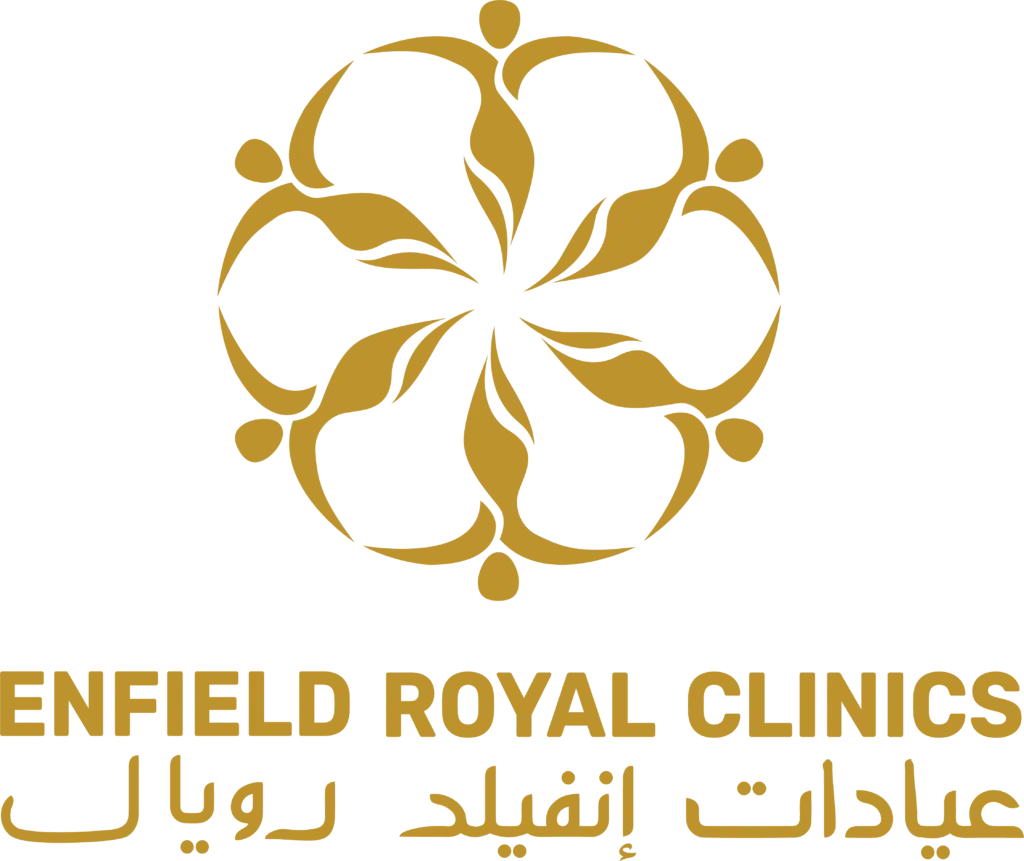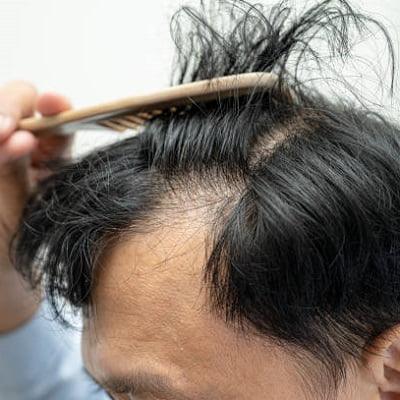Our hairlines naturally rise slightly above the forehead as we get older. Therefore, it can begin in the late teens or early 20s for guys. Moreover, it is hard to reverse once a hairline recession has begun. Similarly, genetics and aging work together to produce hair loss in many people. Although it is more common in men, both sexes can have a receding hairline. Thus, be aware that there are a variety of at-home cures, therapies, and treatments available if you are experiencing hair loss to enhance your hair’s appearance and health. However, drugs can slow it down and promote hair growth. Age and genetics are the main causes of receding hairlines. However, specific dietary practices and drug usage can support healthy hair and, in certain situations, hair restoration. In this blog, we will discuss the best treatments for receding natural hairline and hair restoration.
What Is a Receding Hairline?
Male pattern baldness is the condition that causes hairline receding in most males. The dihydrotestosterone (DHT) hormone is the cause of this disorder. It causes the hair in the hairline and temples to thin and fall out. Moreover, it can also impact the crown in certain males; a receding hairline can meet a balding crown in the middle, resulting in total baldness. However, you may grade how much you have retreated; the Norwood scale illustrates this, as shown below.
Causes of Receding Hairline
Hair loss, often caused by age, hormone fluctuations, genetics, and lifestyle choices, can result in receding hairlines. Further, androgenic alopecia, a common issue in males over 50 and women post-menopause, can be caused by genetics, thyroid disorders, drugs, dietary issues, and high androgen concentrations.
The Best Treatment for Receding Natural Hairline
The clock starts to tick when men discover pattern baldness in its characteristic M-shaped pattern. Therefore, recall that early intervention is essential for treating a receding hairline. It is best to get ahead of the issue as soon as possible. However, if you want to save what hair you still have and have an opportunity to change your direction, there is no time to waste.
-
Platelet-rich plasma:
A tiny amount of blood is drawn from the arm for platelet-rich plasma or PRP therapy. Moreover, after the plasma is extracted from the blood and injected into the scalp to repair the hair follicle and promote new growth.
-
Low-Intensity Laser Treatment:
A non-invasive, non-pharmacological treatment for receding hairline and other forms of hair loss is low-level laser therapy. In addition, it functions by slowing down the process that shortens the hair development cycle, which slows down or stops hair loss.
-
Microneedling:
Non-surgical procedures like microneedling, microdermabrasion, and derma rolling promote collagen formation and cosmetic benefits. However, portable DIY rollers are available for at-home care. Expert therapy is recommended for optimal results, with microneedling being the most professional method.
-
Red Light Treatment:
Red light therapy uses specific UV light wavelengths to energize cells and promote healthy hair, increasing scalp circulation. Moreover, it is popular among athletes and physical therapy patients and offers therapeutic benefits, tendons and joint repair, stress relief, and well-being.
-
Stem Cell Intervention:
Red light therapy uses specific UV light wavelengths to stimulate cells and promote healthy hair. Treatments include full-body beds, handheld light boxes, and helmets with built-in microlights. Hair restoration procedures are only becoming widely available, with stem cell therapy being a promising area to monitor.
-
Hair Transplantation: FUE or FUT:
The list includes two surgical techniques for hair removal: FUT Follicular Unit Transplantation and FUE Follicular Unit Extraction. FUT is more common and affordable, but it leaves a linear scar. FUE allows individual follicle removal without a horizontal scar but may yield lower results.
Conclusion
In summary, treating a receding natural hairline requires a multimodal strategy that combines medicinal interventions, lifestyle modifications, and self-care routines. People can reduce the effects of a receding hairline and maintain hair health by being proactive and embracing a comprehensive approach that considers all contributing factors. Recall that seeking the opinion of a healthcare professional is essential for customized guidance based on unique requirements and situations, guaranteeing a thorough and efficient approach to hairline restoration.
If you are facing a receding natural hairline, you can consult with Dr. Naveed Azhar, the best hair specialist in Islamabad, at Enfield Royal Clinic.



Leave a Reply